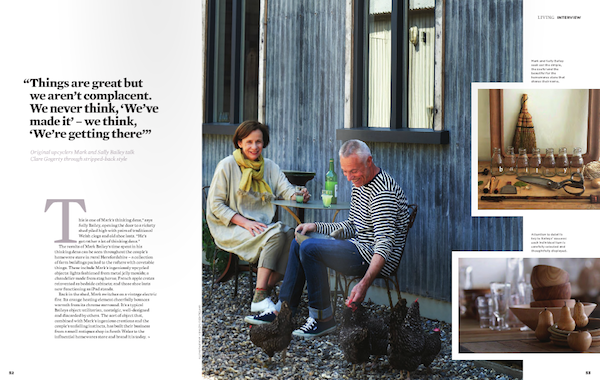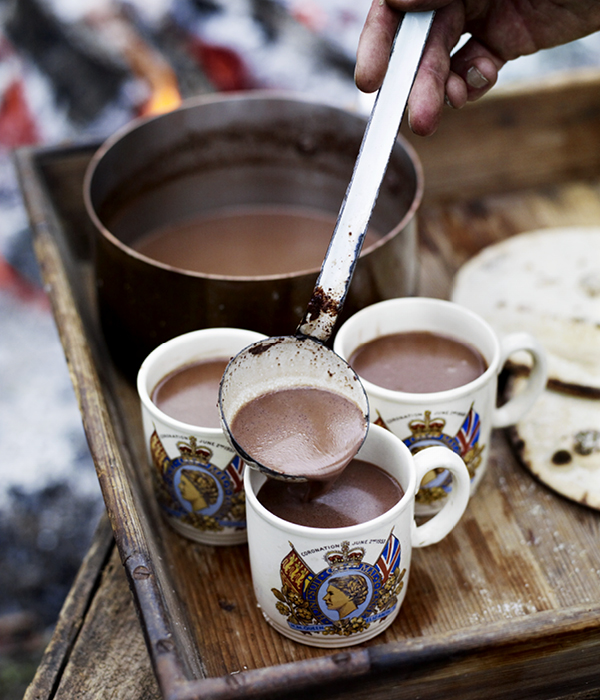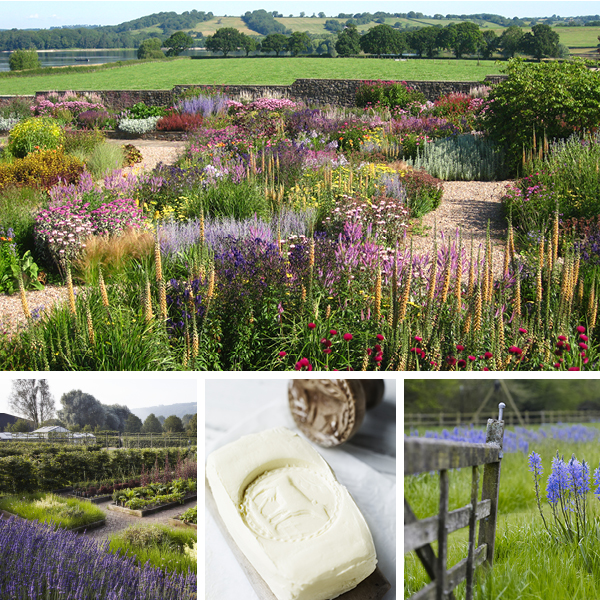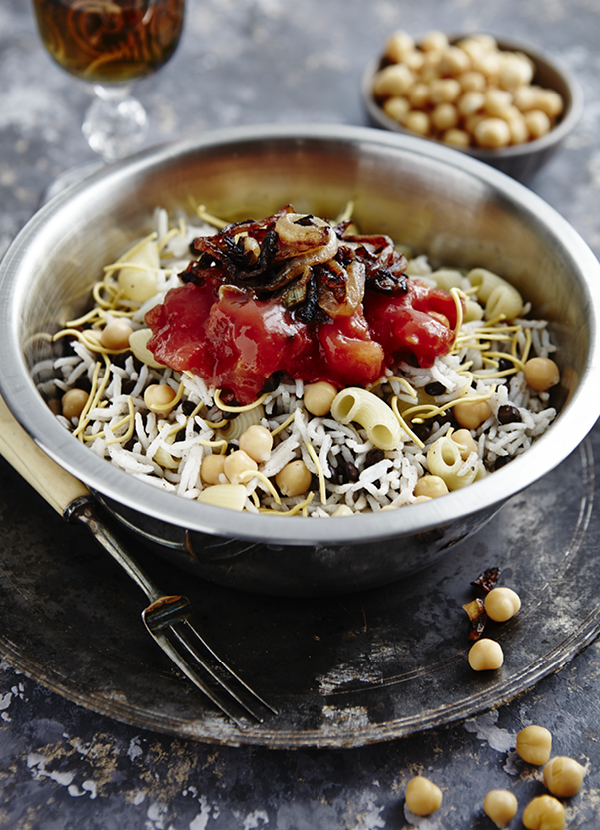With four cake and biscuit recipes to choose from, April's issue of The Simple Things is a baker's dream come true. Want more? These dark chocolate and raspberry tarts are pastry perfection Already baked the Lemon & Blueberry Cake, Courgette & Lime Cake, Giant Empire Biscuits, and Raspberry & Coconut Cake featured in the April issue of The Simple Things? Here's another sumptuous recipe from Three Sisters Bake by Gillian, Nichola and Linsey Reith.
Already baked the Lemon & Blueberry Cake, Courgette & Lime Cake, Giant Empire Biscuits, and Raspberry & Coconut Cake featured in the April issue of The Simple Things? Here's another sumptuous recipe from Three Sisters Bake by Gillian, Nichola and Linsey Reith.
As Gillian says, 'We love food which looks as good as it tastes, and these dainty tarts certainly qualify in this category. They are so pretty, in fact, that we served them at an Alice in Wonderland-themed party we hosted at the café. Needless to say they went down a treat.'
Dark Chocolate and Raspberry Tarts (makes eight)
For the pastry:
235g (8 oz/scant 2 cups) plain (all-purpose) flour, plus extra for dusting
50g (2 oz/1/4 cup) caster (superfine) sugar
150g (5 oz) unsalted butter, chilled and cubed
1 large egg, at room temperature
For the dark chocolate and raspberry filling:
150 g (5 oz) good-quality dark chocolate, (50–60% cocoa solids)
100 g (3. oz) unsalted butter, plus extra for greasing
1 large whole egg and 1 large egg yolk
30 g (1 oz/1⁄6 cup) caster (superfine) sugar
12 tablespoons homemade or good-quality raspberry jam
Cocoa powder/icing (confectioners') sugar, for dusting
8 fresh raspberries, to decorate
Equipment:
12-hole muffin tin
Baking beans
Method:
To make the pastry, place the flour and sugar in a food processor and pulse briefly to mix. Add the butter bit by bit and pulse until the mixture resembles breadcrumbs. Add the egg and pulse until the pastry starts to come together. Turn the dough out onto a lightly floured surface and knead briefly. Shape it into a ball, wrap in cling film, then chill for 30 minutes.
Preheat the oven to 180°c (350°f/Gas 4) and grease the muffin tin.
Roll out the pastry on a lightly floured surface until it is about 5 mm (¼ in) thick. Cut out 8 circles with a 9cm (3 1/2") round cookie cutter, and gently press the pastry circles into the greased muffin tin. Line each tart case with greaseproof (wax) paper, fill with baking beans and 'blind' bake for 15–20 minutes until the pastry is golden brown.
Remove the tin from the oven, take out the greaseproof paper and baking beans, and set aside to cool. Turn the oven temperature down to 170°c (335°f/Gas 3).
Melt the chocolate and butter in a heatproof bowl set over a pan of simmering water (making sure that the bottom of the bowl does not touch the water). Stir occasionally until the butter and chocolate have melted. Remove the bowl from the pan and set aside to cool slightly.
Using an electric hand mixer, whisk the egg, egg yolk and sugar in a large bowl until glossy, then fold the whisked egg mixture into the melted chocolate and butter mixture.
Put a tablespoon of jam into each baked tart case. Pour the chocolate mixture into the cases, right up to the top and bake in the oven for 5 minutes.
Remove from the oven and leave to cool, decorating with fresh raspberries before the chocolate has fully set, then dust with either cocoa or icing sugar.
For the rest of the mouth-watering cakes and biscuits from the very talented trio behind Three Sisters Bake, turn to page 37 of The Simple Things issue 22.
Buy now, or have a look through the digital sampler:







































